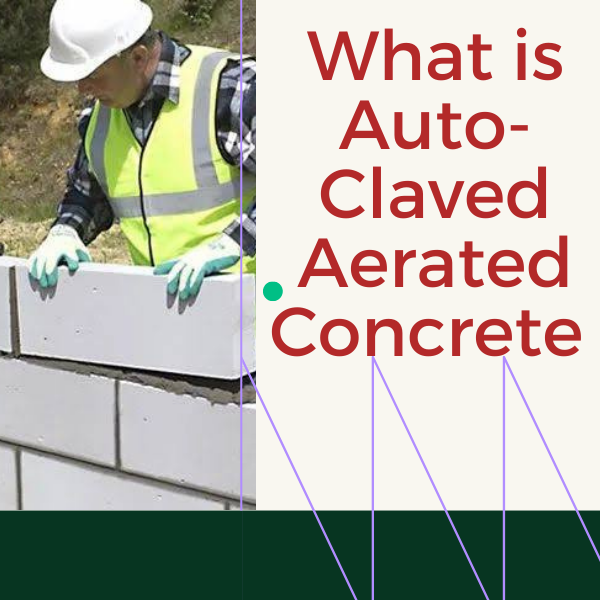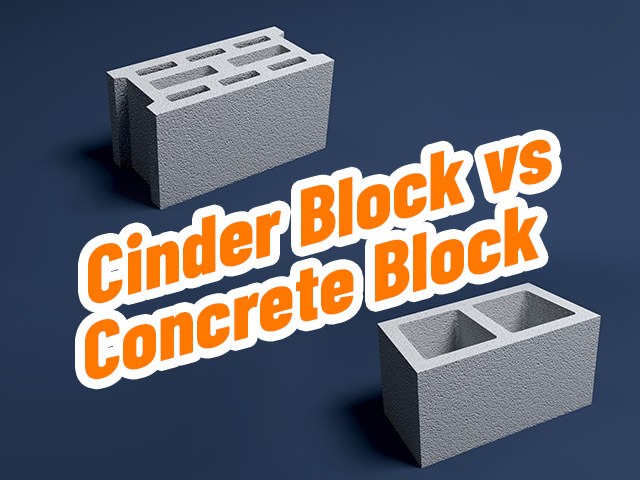Introduction Grout plays a crucial role in construction and remodelling projects, acting not only as a filler for voids but also as a critical component of structural integrity and aesthetic finish. When selecting a grouting material, the choice often comes […]
Concrete Technology
Concrete, the ubiquitous construction material that forms the backbone of modern infrastructure, is undergoing a green revolution. As environmental concerns continue to mount and sustainable development becomes more imperative than ever, researchers and engineers are looking beyond traditional concrete formulations








